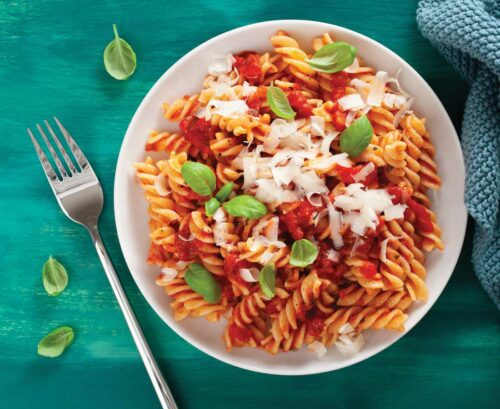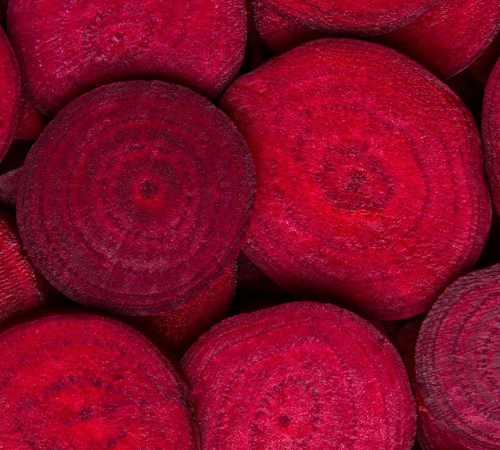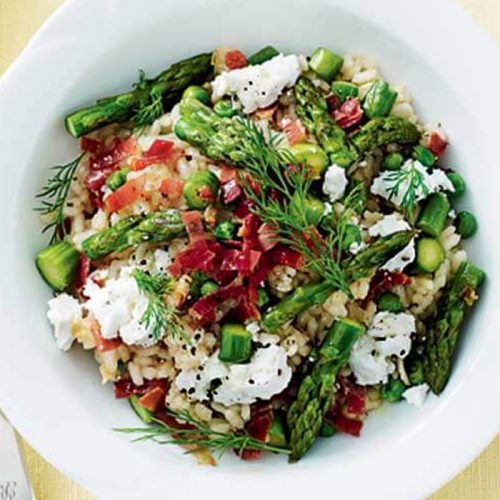
From traditional white and wholemeal to the more recent legume, spelt and gluten-free varieties, there’s plenty of pasta to choose from these days. But they’re not all made equally. HFG reveals how to choose pasta with more fibre.
Why fibre is a necessary nutrient
Fibre is the indigestible part of fruit, vegetables, legumes and grains that sweeps through your digestive tract. Not only does fibre work to keep things moving, it can help to balance your blood sugars and reduce cholesterol, too. Al dente or cooked-and-cooled pasta also contains a special type of fibre called resistant starch. This promotes the growth of good gut bacteria and keeps the lining of your digestive tract healthy. New research has linked eating enough fibre with a range of health perks, including reduced risk of heart disease, diabetes and even certain cancers.
Which pasta has more fibre?
Wholemeal pasta has far more fibre than white pasta as it’s made from wholegrain wheat flour. This flour retains the fibre-rich layer of the grain — known as the bran — which is removed when manufacturing the more refined plain wheat flour. Legume-based pastas, made from beans, chickpeas and lentils are also excellent fibre-filled choices.
How to enjoy pasta and be healthy
Pasta gets a bad rap because it has high-carb content, but it’s not really warranted. Why? Because the carbs in pasta are low-GI, meaning they provide long-lasting energy. So, instead of banishing pasta altogether, just keep an eye on portion sizes. A sensible portion for most is half to one cup of cooked pasta. Pair this with a protein like lean beef mince or prawns, plus a tomato-based veggie sauce, and you’ve got yourself a dietitian-approved, healthy meal on your hands.
You might also be interested in:
www.healthyfood.com










